Top cameras for holiday shots

Roula Khalaf, Editor of the FT, selects her favourite stories in this weekly newsletter.
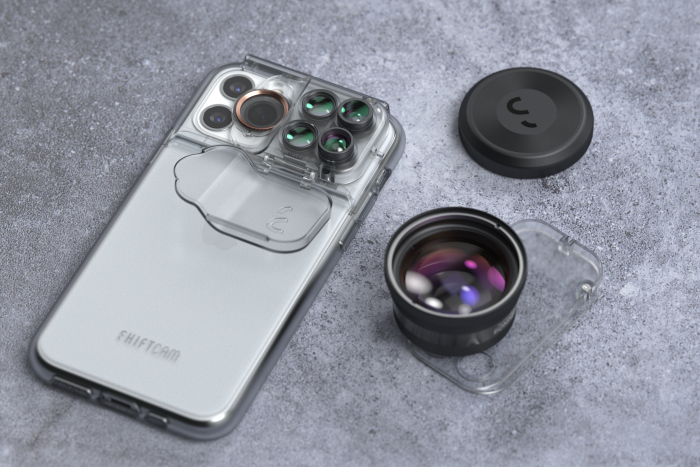
Another leap for mobile cam-kind
The line between mobile-phone photography and using a proper camera grows more blurry with this clever and practical phone case from Hong Kong that enables serious photography without you having to carry around a discrete camera. ShiftCam’s multi-lens product – for iPhone XS Max and iPhone 11 – gives a standard mobile camera significant new potential. The five-lens version I trialled expanded the already prodigious photo talents of the 11 Pro, adding telephoto, fisheye, particularly fine 10x and 20x macro lenses and – the dark horse – a (slightly fiddly) polarising filter, as used by professionals to kill reflections from shiny surfaces. I don’t know of any traditional camera that comes with a polariser.
The sliding multi-lens array is superb as an entry to the system. But things get still more interesting with the range of ProLenses, which can be screwed onto the case. This includes a £135 12mm lens for ultrawide photos without distortions, which does the job of DSLR lenses costing 10 times as much.
ShiftCam, from £80, shiftcam.com
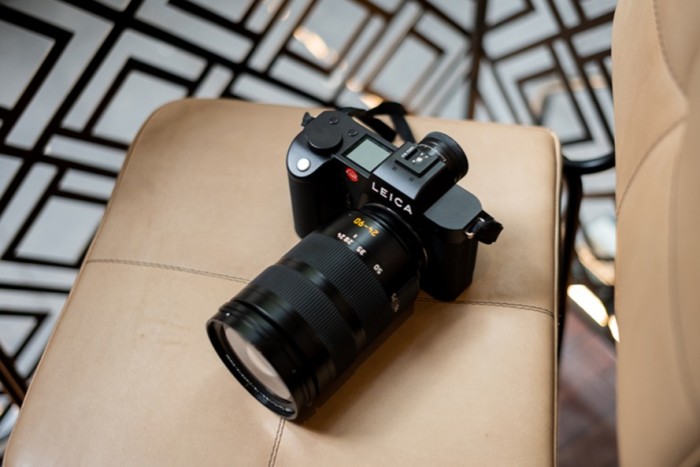
A DSLR with 20:20 vision
It’s possibly a bold statement, but this new full-frame, mirrorless Leica is as good as any camera, given current technology, can be. The 47-megapixel sensor is technically breathtaking. And in combination with the lens with which my sample came (the Summicron-SL 35mm f/2 lens, considered by some to produce the sharpest and most detailed shots ever possible), it is unbelievably good.
The SL2 is big, although less so than a Nikon or Canon DSLR, making it one best to bring out when on a serious photo-taking mission. While it can definitely work as a point-and-shoot, you really need time to study its prodigious capabilities to justify the price. But it’s worth swotting up.
Leica SL2, body, £5,300; Summicron-SL 35mm f/2 lens, £3,900, leica-camera.com
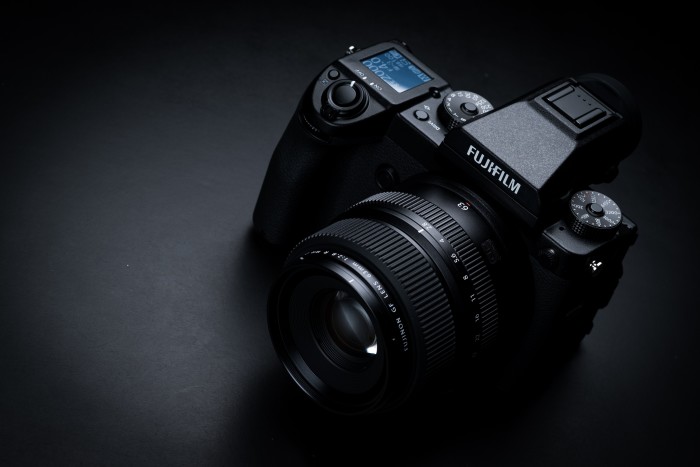
A medium-format camera for pro-calibre pictures
Here’s another one for those who are really serious about taking truly remarkable travel photos – Fujifilm’s 50MP GFX 50S. It’s a medium-format digital camera, the kind that emulates the 120 roll-film cameras of yore, with their special studio quality, most significantly the limited depth of field that makes portraits look amazing.
The medium-format cameras designed to achieve that so-special Hasselblad/Rolleiflex style of photo have until recently been strictly pro-studio machines like Hasselblad’s £24,000-ish H6D-100c or Leica’s similarly priced S3. But Fujifilm’s camera is something rather different – you could buy it with a bag of lenses for the same money as a higher-end Hasselblad or Leica with no lenses. Fujifilm also offers a 100MP GFX 100, but the 50S is so exceptional it would be hard to imagine the advantage gained by paying the extra £5,000.
The GFX 50S is one of a handful of new medium-format cameras that manage to pack the desirable big-camera features into something of similar heft to a DSLR. It is not quite a point-and-shoot camera – you need a basic understanding of apertures, shutter speeds and what have you, but nothing too arduous to learn. And your focus, or your deployment of autofocus, needs to be precise. But you will be amazed by the distinctive and beautiful photos you produce. I would recommend the 32-64mm zoom as a starter lens, before you start to buy primes in the lengths you gravitate to.
And here’s something funny: one of the reasons people preferred 35mm cameras when they became popular in the 1950s to the older Rollei-style 120 roll-film machines was that most of the latter shot square negatives, whereas the new 35mm breed made oblong pictures, which seemed more, er, picture-like. The Fujifilm will shoot oblong photos, of course, but you will likely prefer setting it to square because of, well, Instagram.
Fujifilm GFX 50S body, £4,999; Fujifilm GF 32-64mm f4 lens, £2,149, fujifilm.eu
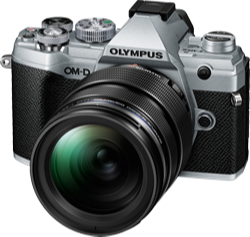
A mini Olympus DSLR with superpowers
In a crowded market where phones offer near-DSLR-standard photography, portability is one of the few features that make a dedicated camera competitive. And Olympus has always had miniaturisation at its core, making it an ever more serious option if you are more ambitious than most phones allow.
It brought out a miniature DSLR, the OM-D, in 2012. By the end of 2016 it had revised the features until the name was almost as big as the camera – the OM-D E-M1 Mark II. Now there’s this, the OM-D E-M5 III, which is even better and even smaller. The control panel is cluttered, but features such as 121-point autofocus and the best image stabilisation I’ve seen mean Olympus remains the clear choice when you want a real camera that won’t weigh you down.
Olympus OM-D E-M5 Mark III with 12-40mm f2.8 lens, £1,699, asia.olympus-imaging.com
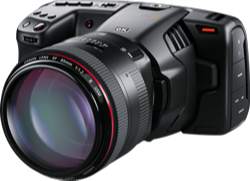
A “pocket” cine camera with Hollywood cred
Blackmagic Design’s digital cinema cameras, first launched in 2012, are fast becoming a Hollywood industry standard. The company now also makes portable cameras of a similar standard for ultra-keen video enthusiasts. The latest, the Pocket Cinema 6k, produces extraordinary-quality footage.
It is rugged and, so long as you are prepared to learn how to get the most from it, user-friendly. The battery life can be as little as 20 minutes, though, so you need spares. Or there’s a great battery grip that will give you two hours’ shooting, but does render the already tenuous “Pocket” name redundant. You need to buy lenses separately, but you can use standard DSLR glass.
Blackmagic Pocket Cinema 6K, from £2,099 body only, blackmagicdesign.com
Comments